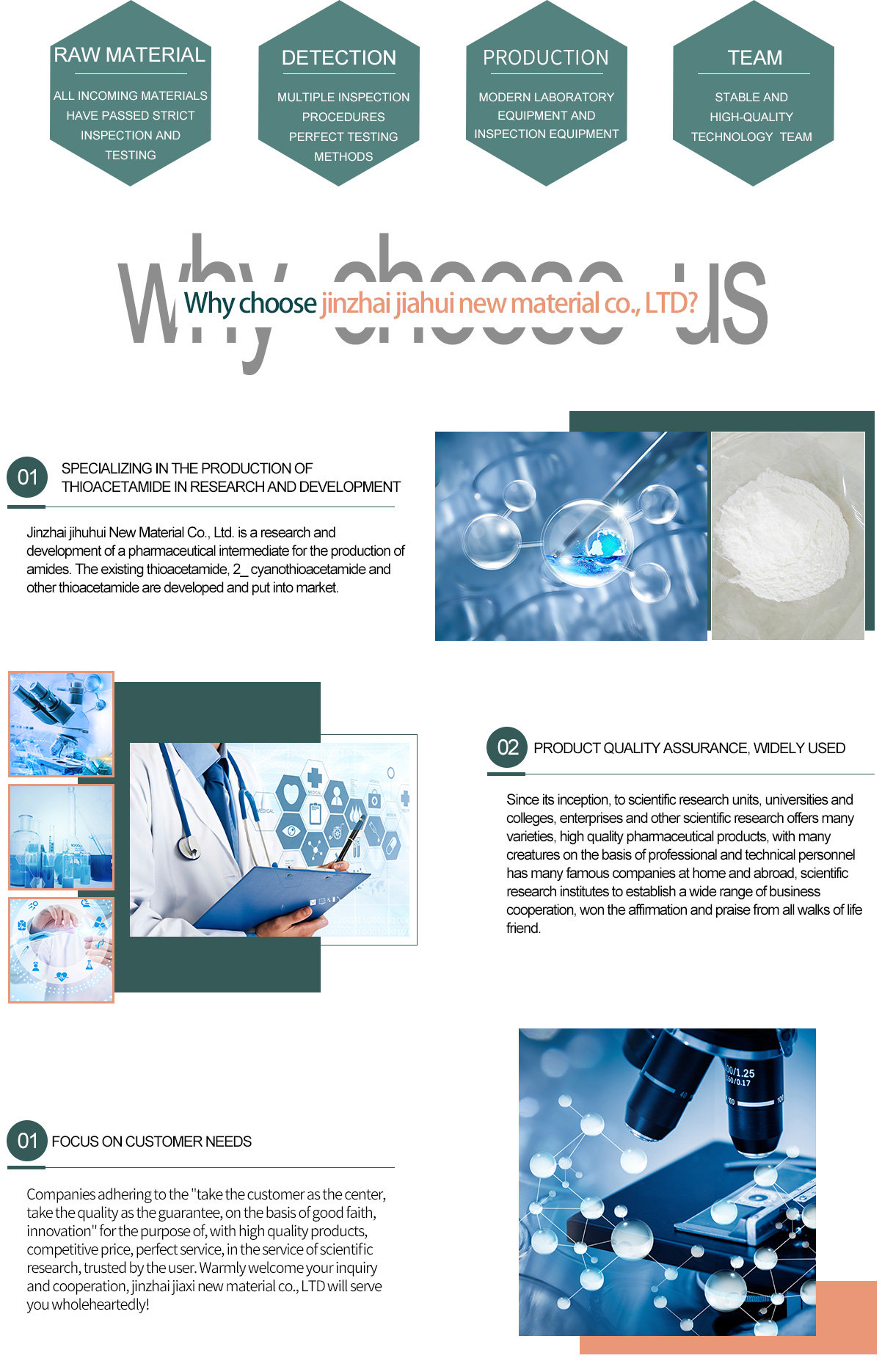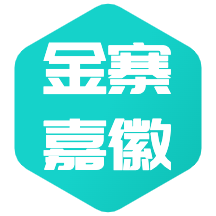b

Thank You!
Your requirement has been sent, we will contact you quickly!
Sent Failed!
Try again!
1. Chemical and enterprise identification
Product name: thioacetamide
Product number: HG-S-2
Directions: refer to product safety information
Construction method: refer to product safety data
This product conforms to GB 190-1990 GB 13690-1992 GB 17916-1999
2. Composition information
This product contains the following hazardous substances:
Component | CAS number | Symbol | Hazard terminology* | content |
Thioacetamide | 62-55-5 | C2H5NS | ≥99%;≥98% |
* See part 16 for the full text of the hazard term.
The remaining ingredients belong to non-hazardous substances.
3. Product hazard identification
It can irritate eyes and skin.
Skin contact can cause allergies.
See part 11 for additional information.
4.First aid measures
General situation:
Seek medical attention when you have questions or symptoms.
Never give food to an unconscious person.
Inhalation:
Move the patient to a fresh air to keep him quiet and warm. If breathing is abnormal or stopped, artificial respiration should be carried out. If unconscious, keep him in a safe position and seek medical attention immediately. Do not feed anything.
Eye contact:
Remove eyelid and rinse with plenty of clean fresh water for at least 10 minutes and seek medical attention.
Skin contact:
Remove stained clothing and wash thoroughly with soapy water or an approved skin cleanser. Do not use solvents or thinner.
Pharynx into:
If swallowed carelessly, seek medical treatment immediately. Don"t be nervous. Don"t try to vomit.
5.Fire control measures
Recommended fire extinguishing materials: water spray, dry powder, carbon dioxide or chemical foam.
Do not use water spray.
Note: flames can produce thick black smoke. Breaking down products can be harmful to health. Avoid exposure and use breathing equipment when appropriate. A closed vessel in a fire shall be cooled by spraying water. Water and pollutants generated during fire fighting shall not be discharged into sewers or rivers.
6. Leakage emergency measures
Keep away from fire and do not use unprotected electrical equipment.
Maintain ventilation to avoid inhalation of decomposing gases. Take personal protective measures as described in part 8.
Treat overflow with non-combustible materials such as sand, soil, vermiculite, etc. Placed in an outdoor closed container and disposed of in accordance with the relevant waste regulations (see part 13).
It"s best to use detergent when cleaning. Do not use solvents.
It is strictly prohibited to pour the overflow into the drainage ditch or river channel.
If drains, sewers, rivers or lakes are contaminated, local water companies should be notified immediately. In case a river or lake is polluted, the environmental protection bureau should be informed.
7. Operation and storage
Operation
Use adequate ventilation to keep air concentrations low
In the store
No open fire or smoke is allowed in the storage area.
In the use
Avoid contact with skin and eyes. Comply with trademark precautions. Adopt the personal protective measures listed in part 8.
Smoking and diet should be prohibited in all preparation and construction areas.
The packing drum shall not be emptied by extrusion. The packing drum is not a pressure vessel.
No fire source (hot surface, spark, open fire, etc.) shall be found in the preparation and construction area.
Operators should wear protective clothing
Storage
Store in a well-ventilated dry place away from heat source and direct sunlight.
The packing drum should be tight. Open containers must be carefully sealed and kept upright. Put the product in the original packaging bucket or the same material packaging bucket.
Do not enter the storage area without approval.
8.Contact control/personal protection
Engineering measures
Provide adequate ventilation. In general, the use of local exhaust ventilation and general ventilation can achieve practical ventilation. If these measures are not sufficient to keep particulate concentrations below occupational exposure limits, appropriate respirators must be worn.
Respiratory protection
When concentrations exceed the above exposure limits, workers must wear appropriate and approved respirators.
Eye protection
Wear safety goggles, goggles, or masks. Eye protection equipment shall meet the corresponding standards.
Hand protection
When mixing and construction, you should wear butae rubber gloves.
Skin protection
Work clothes covering all body, arms and legs should be worn. Skin should not be exposed. Isolation creams can help protect hard-to-cover skin, such as the face and neck. However, once exposed, it should not be used again. Mineral fat skin care products, such as vaseline, should not be used. Wash the whole body after contact with the product.
9.Physical and chemical characteristics
Physical state: white solid
Melting point (° C) : 133-144
Molecular weight: 75.13
Molecular formula: C2H5NS; CH3CSNH2
Vapor density: heavier than air
Solubility: 25 ℃ in the water solubility of 16.3 g / 100 ml, ethanol is 26.4 g / 100 ml. Extremely soluble in benzene and ether
10.Stability and reaction type
Stable under recommended storage and disposal conditions (see part 7). Exposure to high temperatures can result in harmful decomposition products, such as hydrogen sulfide, nitrogen oxides, and smog.
To avoid possible exothermic reactions, stay away from oxidants, strong bases, and strong acids.
11. Toxicological information
There is no data available on the product itself.
Has direct toxic effect, liver intake by liver cells after the cytochrome P450 metabolic mixed function oxidase for TAA sulfur oxides, interference RNA transfer in the nuclei and protein synthesis and enzyme activity, increase liver DNA synthesis in the nuclei and mitosis, and promote the development of liver cirrhosis, phospholipase A2 activating liver cells at the same time, the damage of liver cell membrane, the formation of enterogenous endotoxin concentration, lead to widespread liver cell damage, and can make the ALT and AST increased obviously. TAA low dose induces hepatocyte withering
Wu, large doses cause lipid oxidation and centrilobular necrosis, damage degree and is related to the level of TNF gamma and endotoxin can alleviate by hydroxyl free radical scavenger. Exposed to more than described in the vapor of occupational exposure limit, may be harmful to health, such as lead to inflammation of the mucous membrane and respiratory system, and the kidneys, liver and central nervous system. Symptoms include headache, nausea, dizziness, fatigue, fatigue, lethargy and, in extreme cases, loss of consciousness. After repeated or prolonged exposure, the skin may lose its natural fat, become dry, inflamed, and may develop non-allergic contact dermatitis. Solvents can also be inhaled through the skin.
12.Ecological information
There is no data available on the product itself.
Products shall not enter sewers or rivers.
13.Waste disposal
No access to sewers or rivers. Waste and empty containers shall be disposed of in accordance with relevant local regulations.
When using the information provided in this information, whether the special regulations on waste removal are applicable or not, the local waste removal management authorities shall be consulted.
14.Transportation information
Transport according to international transport regulations and national regulations.
15. Regulatory information
The following information serves as a summary of the information contained in the MSDS.
Label: irritating
Hazard terms:
Easy to decompose.
It can irritate eyes and skin.
Skin contact can cause allergies.
Security terms:
Don"t take it.
Avoid skin contact.
Wear appropriate gloves.
Only in well-ventilated areas.
16. Other information
The information in this security information is based on our current level of knowledge and current national laws.
Without prior written notice, the product shall not be used for any purpose other than those specified in the product information.
It is always the user"s responsibility to take all necessary measures to comply with the requirements of the regulations.
The full text of the hazard term appearing in part 2 is:
R10 flammable.
R20 inhalation is harmful.
R20/21 inhalation and skin contact are harmful.
R22 swallowing is harmful.
R36/37/38 stimulates the eyes, respiratory system and skin.
R36/38 stimulates the eyes and skin.
R37 stimulates the respiratory system.
R38 stimulates the skin.
The R41 is at risk of serious eye damage.
R43 skin contact may cause allergies.
Harm of R65: if swallowed carelessly, it may cause respiratory organ damage.
R67 steam can cause lethargy and dizziness.
17. Recycling and treatment of product waste
It is suggested that consumers should hand over their products to our local dealers or the qualified waste recovery or disposal department for disposal when the products are abandoned, so as to avoid environmental pollution and improve the utilization rate of data recovery.


